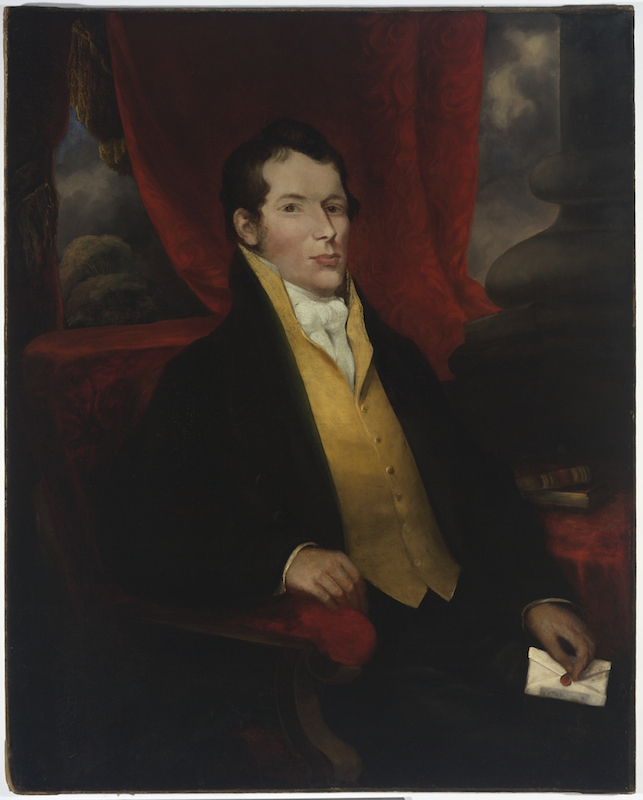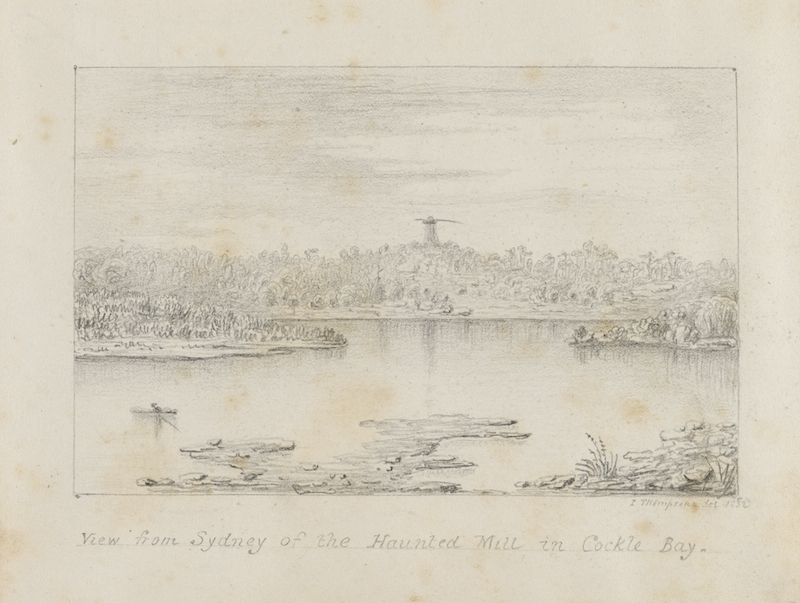Personalities > John Macarthur
John Macarthur
John Macarthur (1767-1834) was born near Plymouth, relatively poor, and struggled to join the British Army until 1788. Next year he became a lieutenant in the NSW Corps and sailed with his wife and son in the Second Fleet. He fought a duel, provoked another fierce dispute and suffered serious illness before he reached Sydney – where he quarrelled with every single Governor. His most serious dispute was with Governor Bligh. Macarthur was in gaol when his fellow officers mutinied, deposed Bligh and made Macarthur ‘colonial secretary’ in their illegal regime. He was the most powerful figure in the colony until law and order were restored. Even then, he was too influential in London, too manipulative and vengeful to sideline.
Meanwhile, as regimental paymaster and inspector of public works, he accumulated capital and land, including Elizabeth Farm at Parramatta, Camden Park, and a small grant in Pyrmont. His most successful venture was to acquire merino sheep, breed them – and have their wool accepted in the British market, in time for the high prices prevailing during the Napoleonic wars.
During his prolonged absences he had, in Elizabeth, a wife capable of managing his affairs. Returning at last to Sydney, he lobbied for government by self-important aristocrats like himself (The Merinos) against Governor Macquarie’s encouragement of emancipists.
His connection with Pyrmont was tangential, as recorded by Fitzgerald and Golder. Having bought the land in 1796, he dabbled in timber-cutting and salt-boiling, and built a windmill – Convincing Hill – but did not clear the land or cultivate it. Not until his son Edward sub-divided and sold the land in the 1830s did it make money for the family.
Although Macarthur won most of his quarrels and became richer and more feared, he also grew depressed and paranoid. He even fell out with long-suffering Elizabeth: yet (as Margaret Steven points out) it was to her and their sons that he owed most of his reputation as a promoter of Australian wool.



